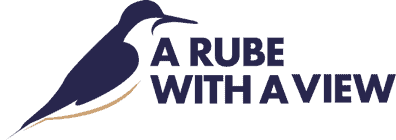Lagoa do Peixe Journal – A Furious Sea
9.24.25
The spring morning sun cast a brilliant light over our compound of cottages near Mostardos, Brazil, along the rugged mainland shoreline of Lagoa do Piexe. LDP is a 100-mile-long lagoon, best known as a major stopover for red knots flying north to their Arctic breeding grounds. This is our third trip to LDP, but this time is different.
Biologist Stephani Feigin and I have visited the bay twice before to help Brazilian biologist Dr. Antonio Brum, a postdoc at Unisinos University in Porto Alegre, Brazil. We joined forces to attach satellite transmitters on red knots migrating to their Arctic breeding grounds to assist Canadian Wildlife Service biologist Christian Friis in locating breeding sites in the cold tundra of Nunavut. These long-distance travelers winter in Tierra del Fuego and are federally threatened in the US because of the many dangers along their 10,000-mile flyway, the collapse of horseshoe crabs in Delaware Bay chief among them.
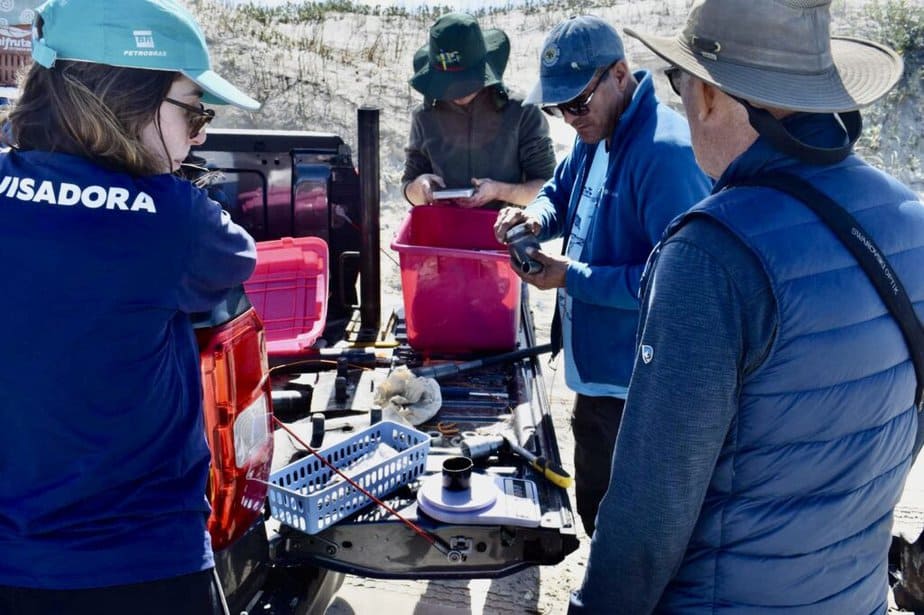
Antonio Brum ( center right) loads cartidges for the cannon net in Lagoa do Piexe photo by Dan Gonzalez

A summary image of all the tracks of red knots with satellite transmitters attached in 2023 in Lagoa do Peixe Brazil. Map by Stephanie Feigin and Theo Diehl.
Although it’s fall at home and all the birds head south for winter, here in the southern hemisphere, it is spring, with a morning chorus of birds and flowers everywhere. It’s a strange contrast, like being in the middle of a road with cars going in both directions. Resident birds fly north, while our shorebirds fly south. Why did we come to study birds moving in the opposite direction?
Sadly, we can no longer trap birds where we would prefer. Before the revolution of satellite tracking we trapped knots in Bahia Lomas, a bay located at the eastern mouth of the Strait of Magellan in Chile. It is the knots’ most important wintering area, and we have trapped there for many years, most expeditions chronicled in this blog. But recently, it’s become harder to work in Chile. A lack of support has crippled our efforts just as the need for more data has grown dramatically.
Wind power has reached the coast of South America, driven by a capitalist zeal similar to our own. Wind turbines sprout like weeds along the birds’ flyway, with little understanding of their impacts on both resident and migratory birds. Stephanie and I, working with many other groups, have been studying these impacts mainly along the US coast. We are using satellite transmitters—tiny, feather-light devices—that have rapidly transformed wildlife research over the last five years, and our data has helped US agencies avoid impacts on migrant shorebirds. However, we lack enough information to assess the effects on the most critical wintering areas in Chile and Argentina.

Stephanie Feigin attaches a satellite transmitter to red knot

A Sunbird Satelite Transmitters attached to a red knot in Lagoa do Piexe Brazil.
Sat tags have transformed our understanding of all birds, especially shorebirds and even more specifically the red knot, because they fly extraordinary distances and undertake long migrations. The data from these transmitters is precise, allowing for accurate location and an estimate of altitude—both vital metrics necessary to study the impacts of the 400-foot-tall turbine blades, which can chop up wildlife like a vertical blender. Our work has documented the knot’s extraordinary migration through the growing network of wind power projects in the US. But we know very little about movements in the knot’s most important wintering areas in Chile and Argentina. Attaching satellite tags to knots passing through LDP will help us.
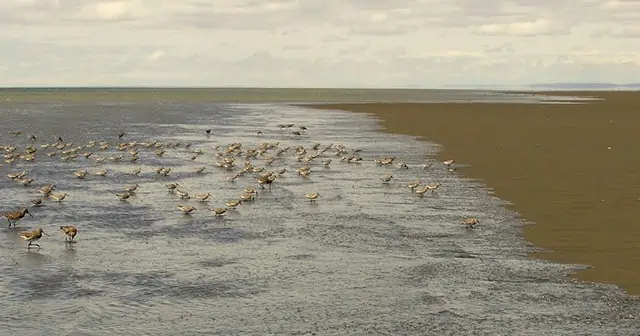
Red knots feeding on the incoming tide in Bahia Lomas Chile
Biologists Stephanie Feigin and Theo Diehl came from the US, along with Gwen Binsfeld, our quartermaster for the Delaware Bay team. Antonio’s team includes a whole flock of budding bird biologists from the lab of Dr. Virginia Petry, a professor at Unisinos University of Porto Alegre. They include Dan Gonzalez-Kosasky, Roger, Louisa, Francisco, and Will. In a few days, even more students will arrive to complete the team.
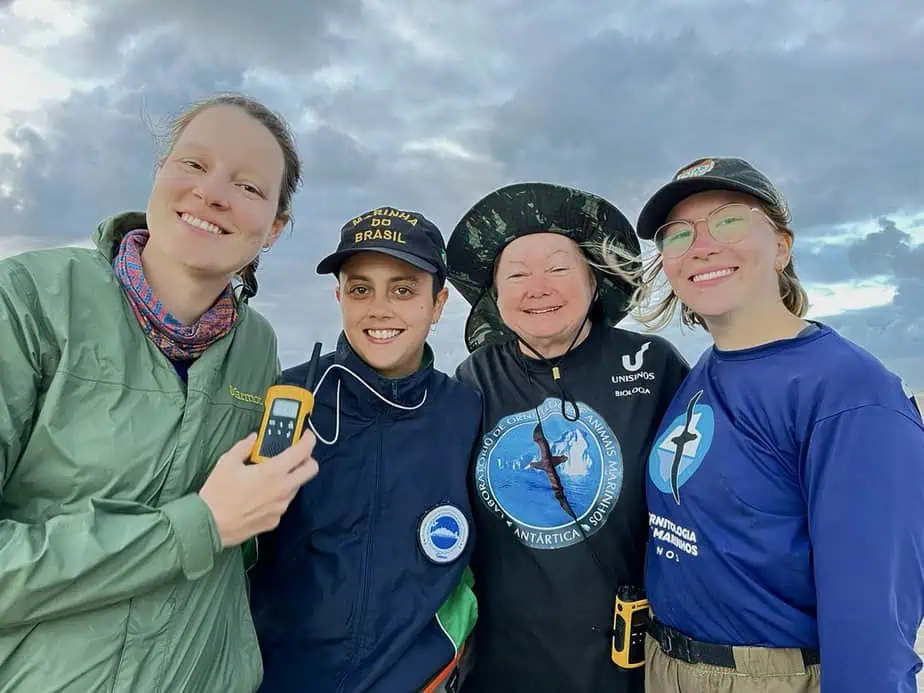
Professor Petry and three students Julia Finger, Victoria Becker, Victoria Benemann during 2023 expedition to Lagoa do Piexe
Under a brilliant blue sky dotted with snow-white clouds, we spent our first day in the field — literally in a field — while horses, sheep, and cows watched silently with judgment. Our home base is a ranch with guest cabins, but the main source of income is livestock. We spent the morning testing Antonio’s new cannons and the power of Brazilian black powder, the same used in muzzleloader rifles in the U.S. As one would expect, we can buy it quite easily in the U.S., even online. We couldn’t find black powder in Chile, even with the help of federal agencies. But here in Brazil, we found plenty in religious goods stores — the kind where you can buy statues of the Blessed Virgin Mary. Regardless of the source, we need to test its strength by firing the cannon’s projectiles under real-life conditions. After a few test fires with our net attached, we were satisfied and headed out to the Atlantic beachfront facing the lagoon, where we were met with a marine tumult. We couldn’t even go out on the beaches with our trucks because the water was too high.
But we are ready for action tomorrow.
We tested the cannon net at first to adjust the black powder charge. In the first video, we used a bit too much powder. In the second, we adjusted the charge and extended the jump rope so the net could go out further from the net set. We had to do this to keep the net above the swash zone and still reach the water line. Videos by Theo Diehl and Stephanie Feigin
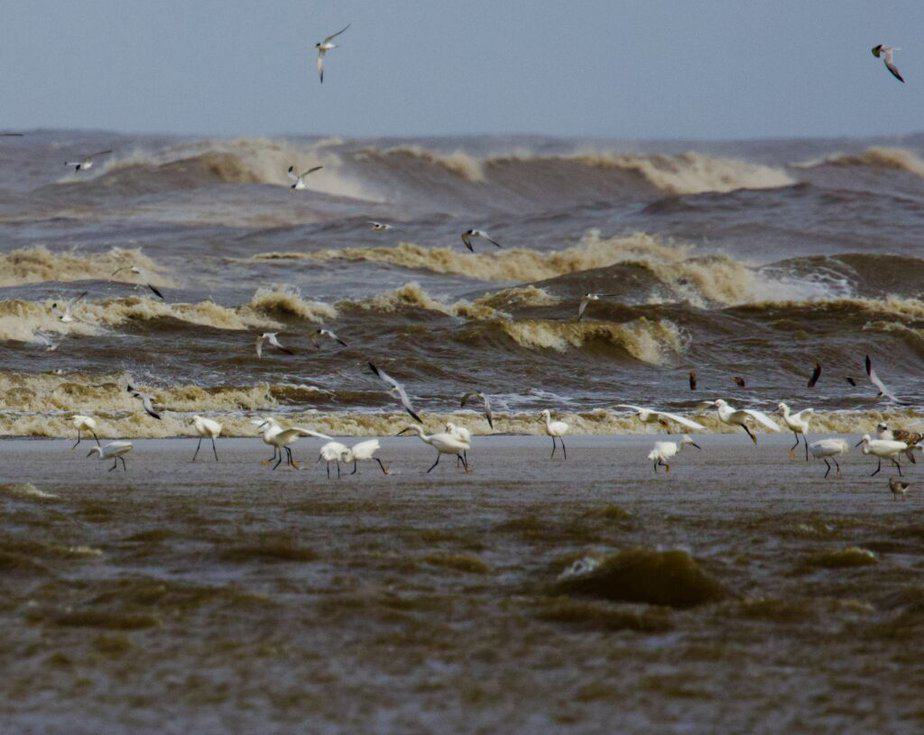
An angry sea at the Lagoa do Piexe inlet.
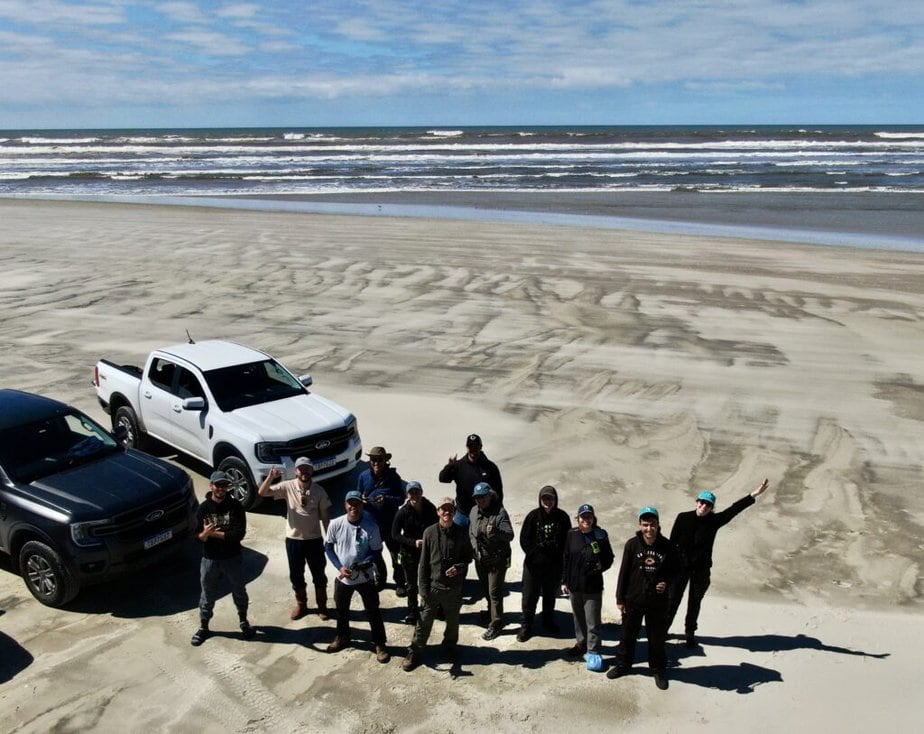
The Lagoa do Piexe Team
Antônio Coimbra de Brum
Douglas da Silva
Luisa Matuella Frá
Mateus Haas
Roger da Silva
Tamires Fogaça Martins
Victoria Deecken Becker
William Salvi Kuhn
Francisco Roberto Zanella
Stephanie Feigin
Theo Diehl
Gwen Binsfeld
Larry Niles
